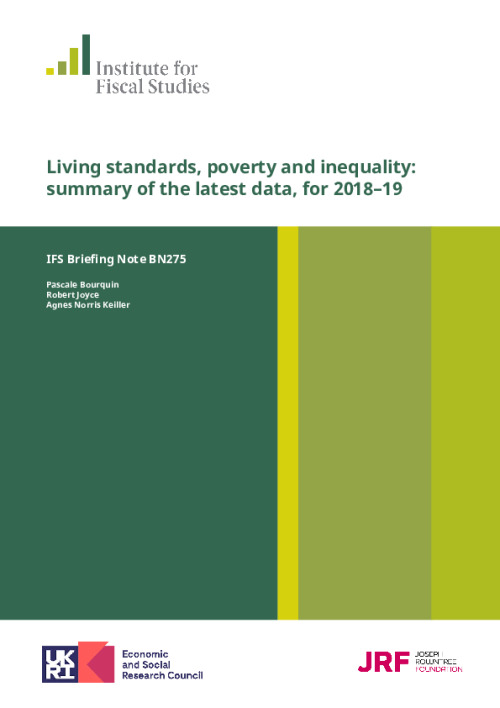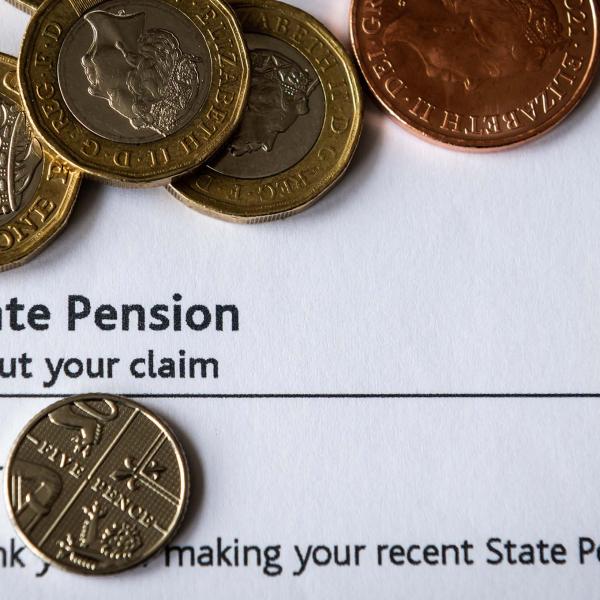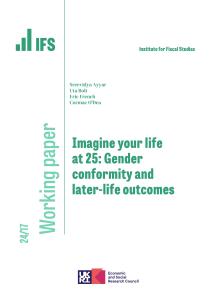The public health response to the COVID-19 pandemic is likely to reduce household incomes as workers lose their jobs, earnings fall, and plummeting share prices and interest rates lead to lower incomes from savings and investments. Newly released official statistics on incomes and poverty in the UK in 2018–19, published by the Department for Work and Pensions (DWP), show this downturn will come after a sustained period of income stagnation in the latter half of the last decade – which itself followed only a brief recovery from the late 2000s recession.
This briefing note summarises what the newly released data for 2018–19 tell us about changes in living standards, income inequality and poverty over recent years. A more in-depth study of these trends, funded by the Joseph Rowntree Foundation, will be published in early summer.
The new data show that median income fell 1% in real terms between 2017−18 and 2018−19, leaving average income essentially unchanged since 2015−16. Recent trends have been worse for low-income households: their living standards in 2018−19 were the same as in 2013−14, amounting to five years of income stagnation. The highest-income 10% have fared better in recent years, with relatively robust income growth since 2015−16.










